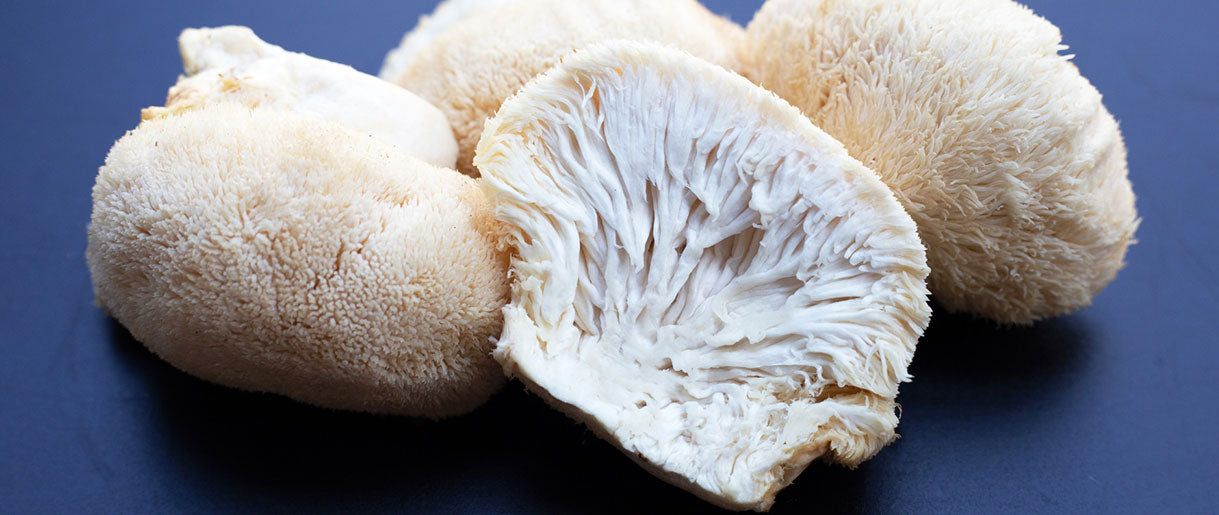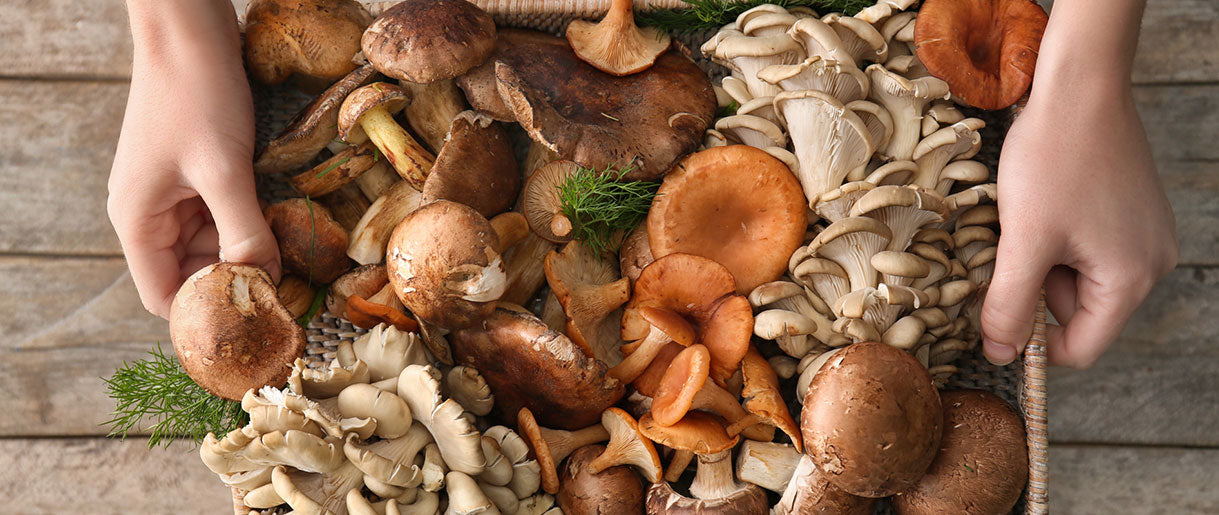It is no secret that mushrooms have long been a staple of the human diet and are delicious in many recipes. One query, nevertheless, continues to be raised. Are mushrooms a fruit or vegetable, or even more specifically, is mushroom a vegetable?
Let's start by saying that mushrooms aren't veggies if you're wondering if they are or not. But they are, too. Umm, what
From a scientific standpoint, mushrooms are a fungus, not a fruit or a vegetable, as we'll see shortly. However, from a gastronomic perspective, many people view mushrooms as a vegetable.
So, are mushrooms vegetables or not? Let’s reason this out.
Are Mushrooms A Vegetable?

What are mushrooms? We’ll break this down bit by bit.
Mushrooms are not fruit, and there is no debate on this. Fruits are seed-bearing structures, but mushrooms don't have them, nor do they come from plants.
They are not legumes, unlike something like beans. Legumes, a family of plants, produces edible seeds (often come in a pod, like peas), and mushrooms are not collected from plants.
Next, are mushroom vegetables? They are not considered actual vegetables because they lack leaves, roots, and seeds and don't require light to thrive.
Mushrooms are technically not considered vegetables because they are not considered plants. In addition, they are members of a separate kingdom. But, regarding how we cook them in the kitchen, we frequently treat mushrooms as vegetables for practical reasons.
What is a vegetable?
Vegetables can be a part of the plant that it uses as a means of reproduction. This applies to other fruits and vegetables, including peppers, tomatoes, artichokes, eggplants, cucumbers, beans, and peas. We consume all or nearly all of the plants for some vegetables, like spinach, onions, lettuce, celery, or cauliflower.
The primary characteristic shared by all plants is their ability to capture solar energy and transform it into energy using chlorophyll within their cells. The great majority of plants get their distinctive green hue from chlorophyll.
What is a mushroom?
Mushrooms do not have chlorophyll, so they cannot convert sunlight into energy. They instead obtain the nutrients they require from decaying and dead materials or the roots of surviving plants. They also lack other defining characteristics that make vegetables, such as roots, leaves, and seeds.
So, where do mushrooms fit under the food pyramid? Mushrooms are categorized under a separate kingdom called fungi. Before Robert Whittaker introduced the fifth fungus kingdom in 1969, mushrooms were considered a significant component of the plant kingdom. However, there were only four kingdoms of life before that.
The taxonomical system has changed since then and now consists of seven kingdoms. Scientists realized they needed their kingdom to identify and distinguish fungi from plants, given the variety of species.
However, they are regarded as a vegetable in the culinary world and for nutritional purposes (more on that below).
Let's be honest. For practical purposes, we classify mushrooms as vegetables in the kitchen. After all, we prepare mushrooms like vegetables. Likewise, although tomatoes and peppers are botanically considered fruits, in the world of food, they are referred to be vegetables.
Although they are prepared similarly to vegetables, mushrooms are a fantastic superfood and meat alternative due to their robust and savory flavor and meaty texture. Therefore, it's hardly surprising that the preferred beef patty substitute is a sizable Portobello mushroom cap.
These also make excellent finger food for children when cut into pinky-sized strips. They can also be chopped up and substituted for meat in tacos or wraps.
Differences Between Animals, Plants, And Fungi
Chlorophyll is found in plants, which employ photosynthesis to convert sunlight into food. They often have leaves and roots but are not as mobile as animals.
Animals consume food, occasionally fungus but mainly other plants or animals. As opposed to plants and fungi, which do the opposite, animals breathe in oxygen and expel carbon dioxide. In addition, animals typically move far more than plants or fungi do.
As fungi lack chlorophyll, they obtain nutrients from decomposing plant or animal materials. Moreover, fungi don't have the cellulose that plants do. Instead, they include chitin, the same material that makes up insects' and crustaceans' shells.
What Is The Nutritional Value Of Mushrooms?

Mushrooms offer a variety of nutrients, which is good news for people who enjoy eating mushrooms on pizza and in other cuisines. But, in a confusing twist, the U.S. Department of Agriculture (USDA)(1) classifies mushrooms as vegetables in terms of nutrition because mushrooms offer many of the same nutritional benefits as vegetables.
According to a study(2) from the U.S. National Library of Medicine National Institutes of Health, mushrooms offer nutrients that cross over into all major dietary groups. Mushrooms contain the same nutrients as produce, meat, and grains. In addition, they are a rich source of pantothenic acid, niacin, selenium, and copper, supplying at least 10% to 19% of the recommended value for each of these nutrients.
They also contain much riboflavin, over 20% of the daily intake. Moreover, the Dietary Guidelines for Americans consider dietary fiber, potassium, vitamin D, and calcium as under-consumed nutrients. These nutrients can also be found in mushrooms.
FAQs About Are Mushrooms Vegetables
Can Mushrooms Be Used As A Replacement For Vegetables In Recipes?
Although mushrooms are cooked like vegetables, they cannot entirely replace them. Both have their unique characteristic, flavor profile, and health benefits.
Do Mushrooms Keep You Full Longer?
According to research, mushrooms may be more satiating than meat. For instance, eating mushrooms for breakfast has been shown to keep people fuller for longer and may cause them to feel less hungry throughout the day than eating meat.
Are Mushrooms Healthier Than Meat?
Although they don't contain as much protein as meat, mushrooms are a fantastic substitute. Mushrooms also have less saturated fats than beef, making them heart-healthy alternatives.
Key Takeaway
Are mushrooms vegetables? Mushrooms don’t have roots, leaves, or seeds and don’t need light to grow, setting them apart from vegetables. However, they are cooked like vegetables with a similar nutritional profile.
References
- What is a Specialty Crop?, (1)https://www.ams.usda.gov/services/grants/scbgp/specialty-crop
- Mushrooms—Biologically Distinct and Nutritionally Unique, (2)https://www.ncbi.nlm.nih.gov/pmc/articles/PMC4244211/










Let Us Know Your Comments